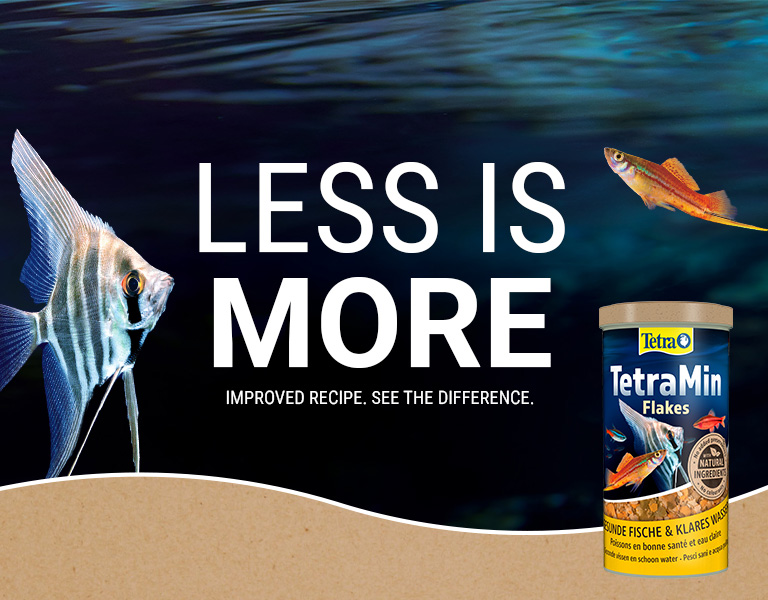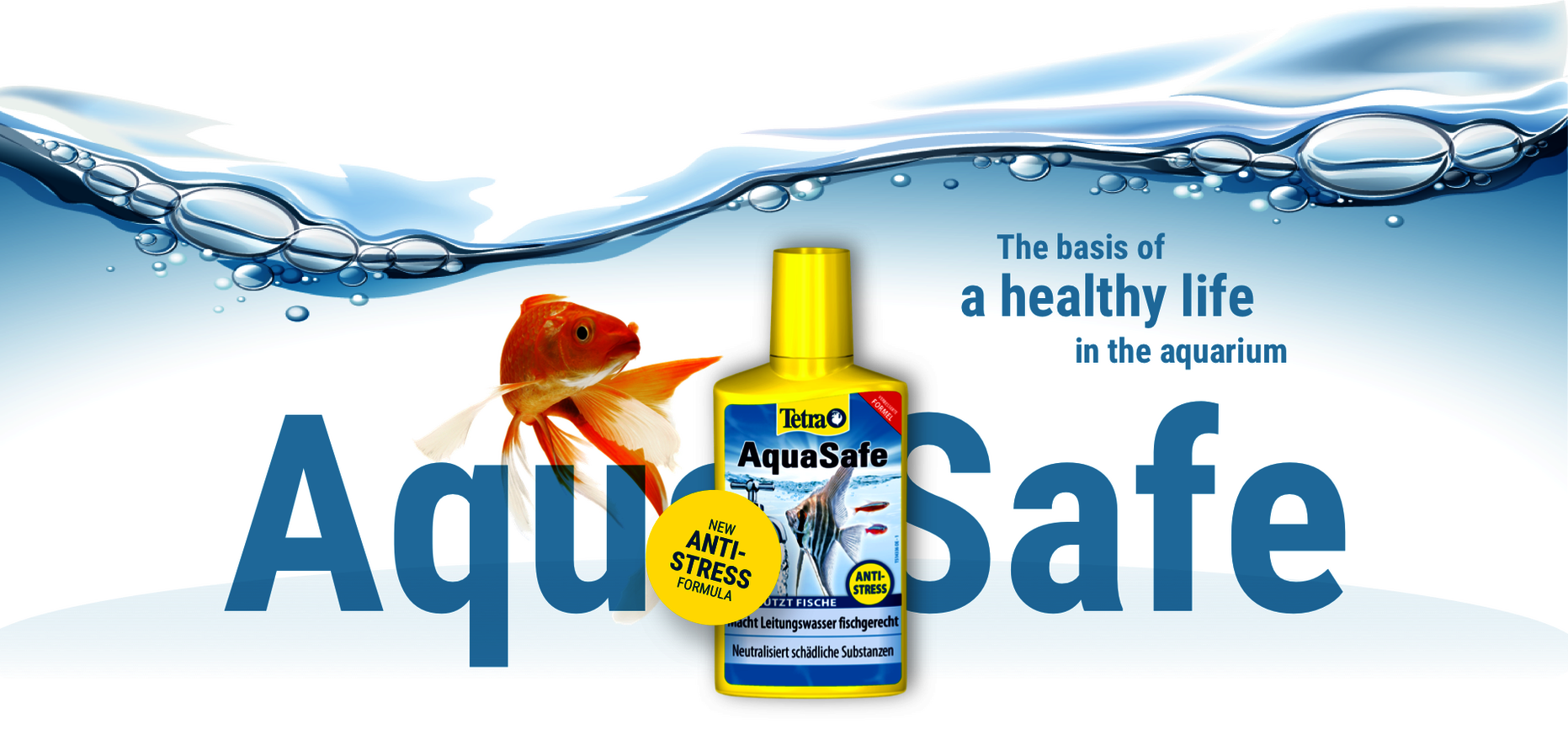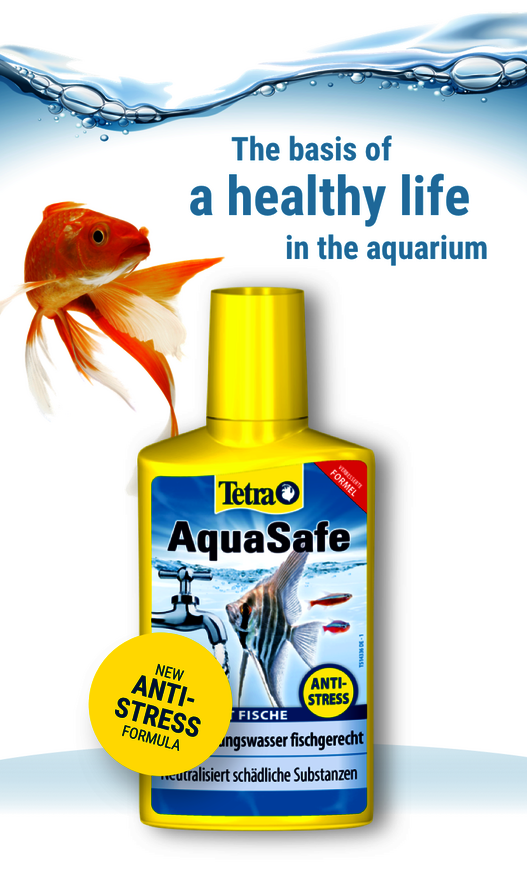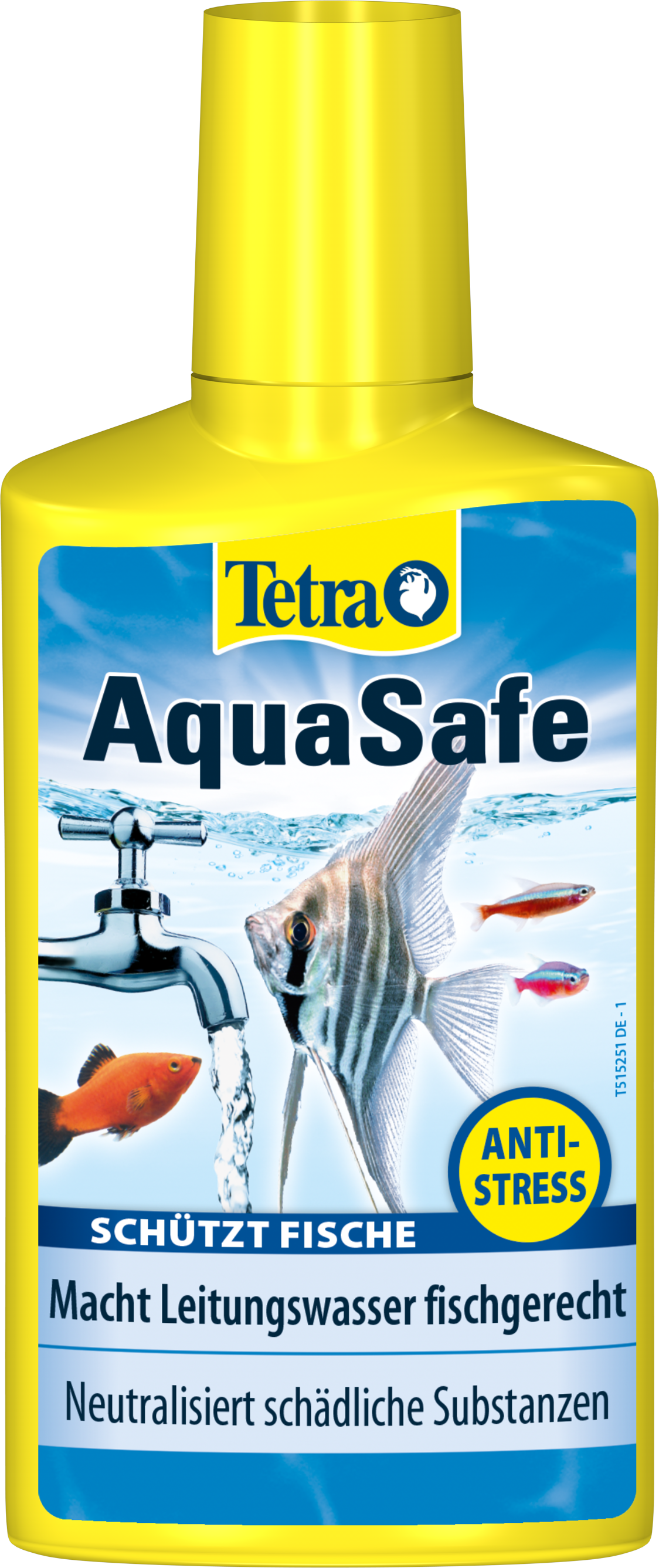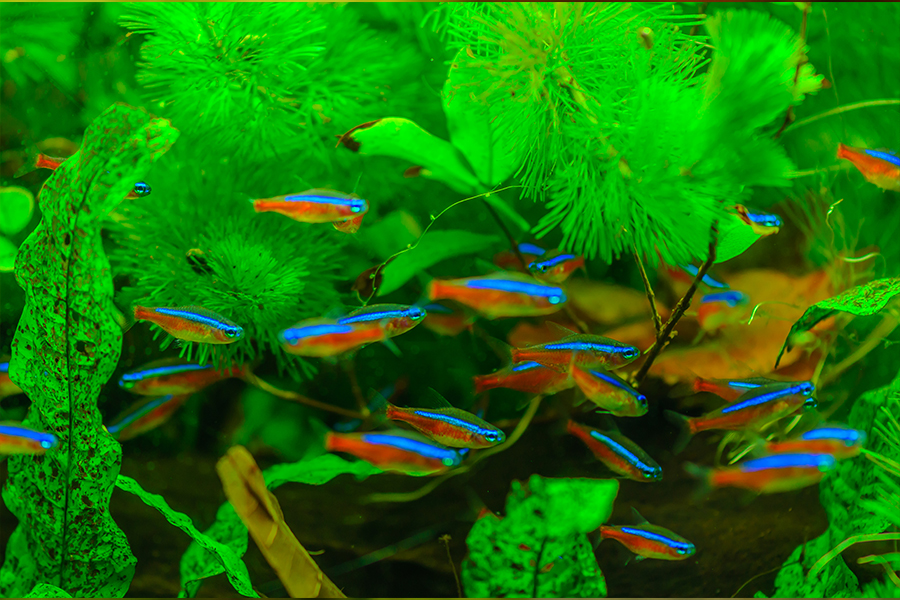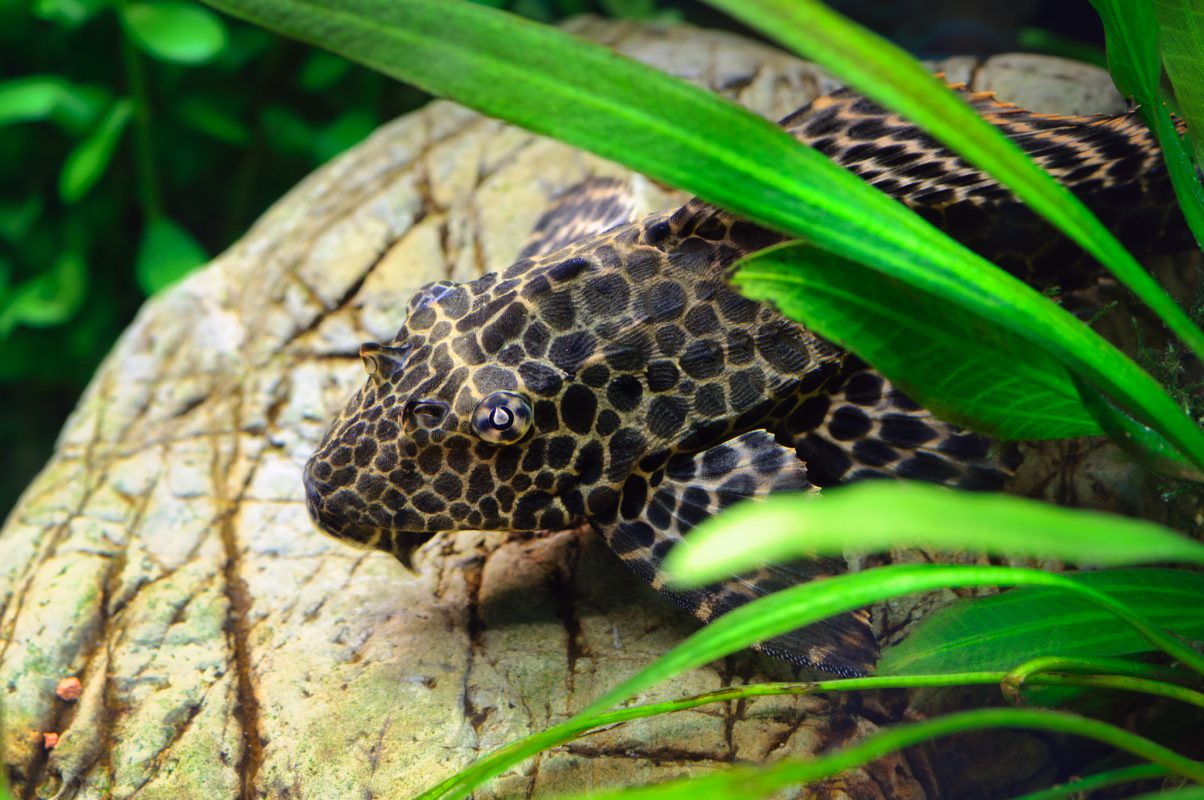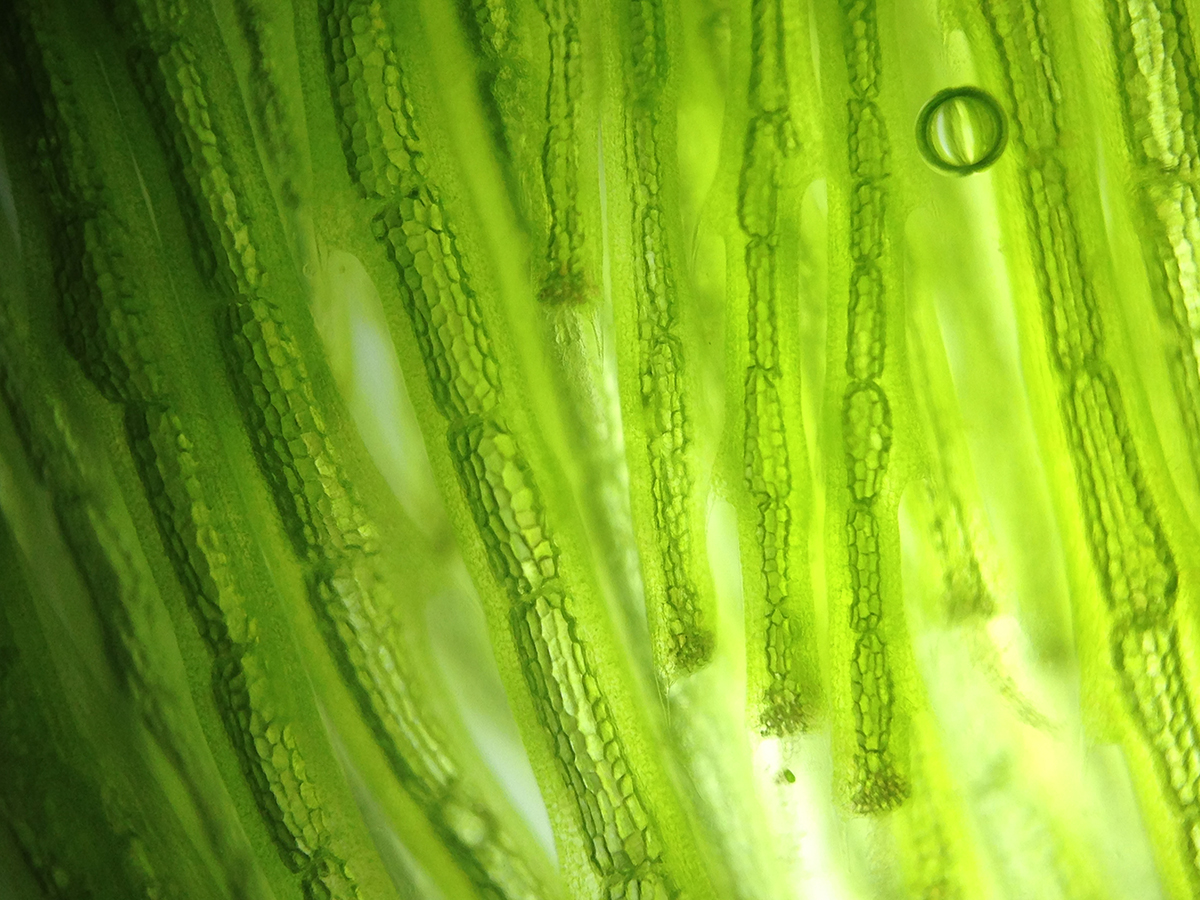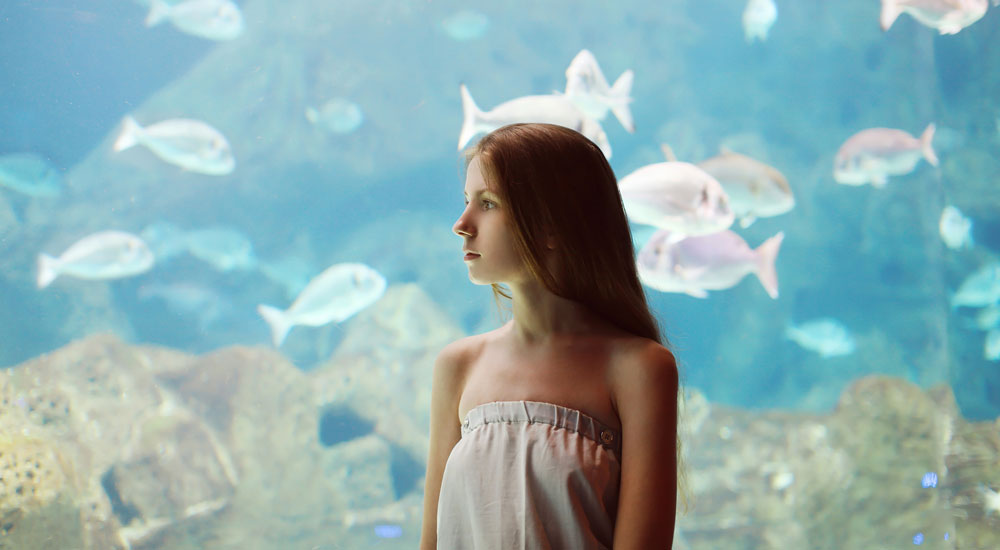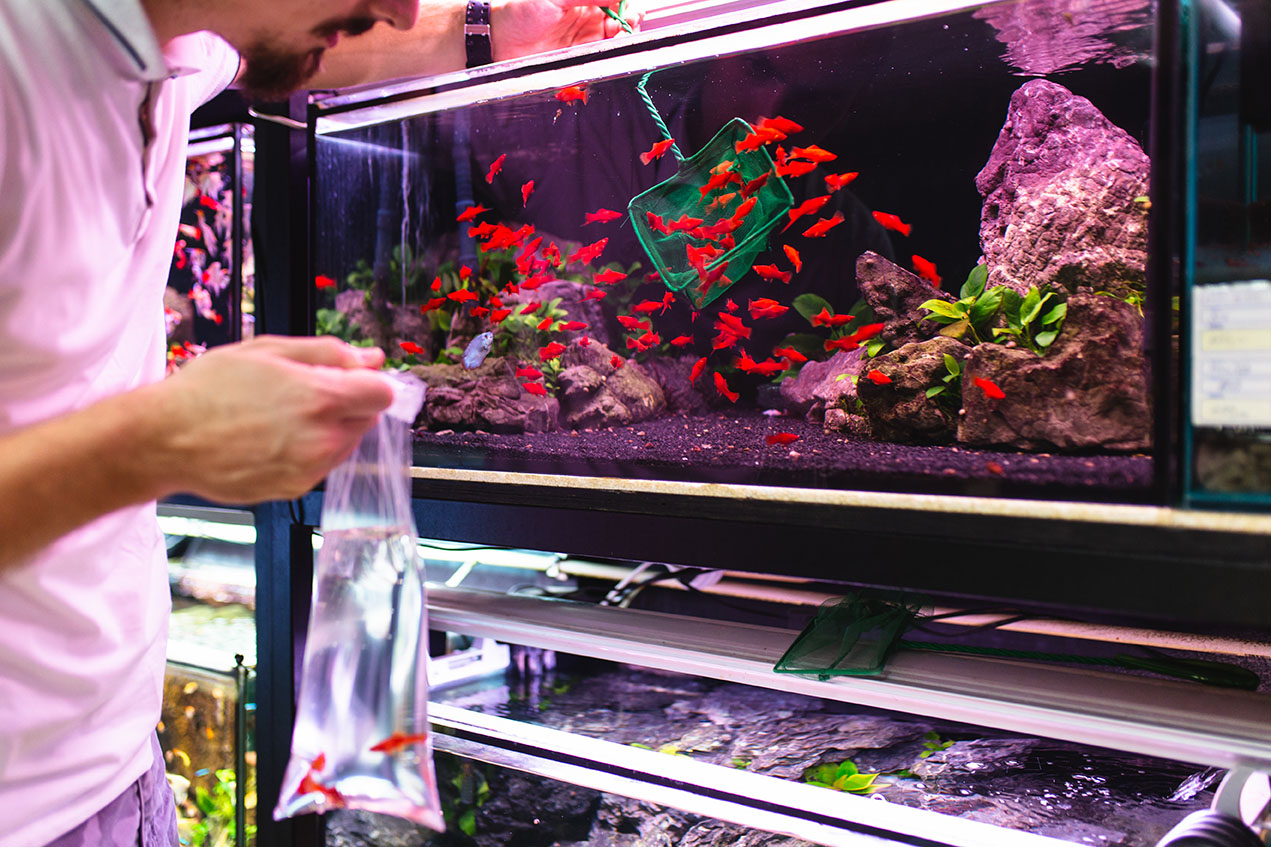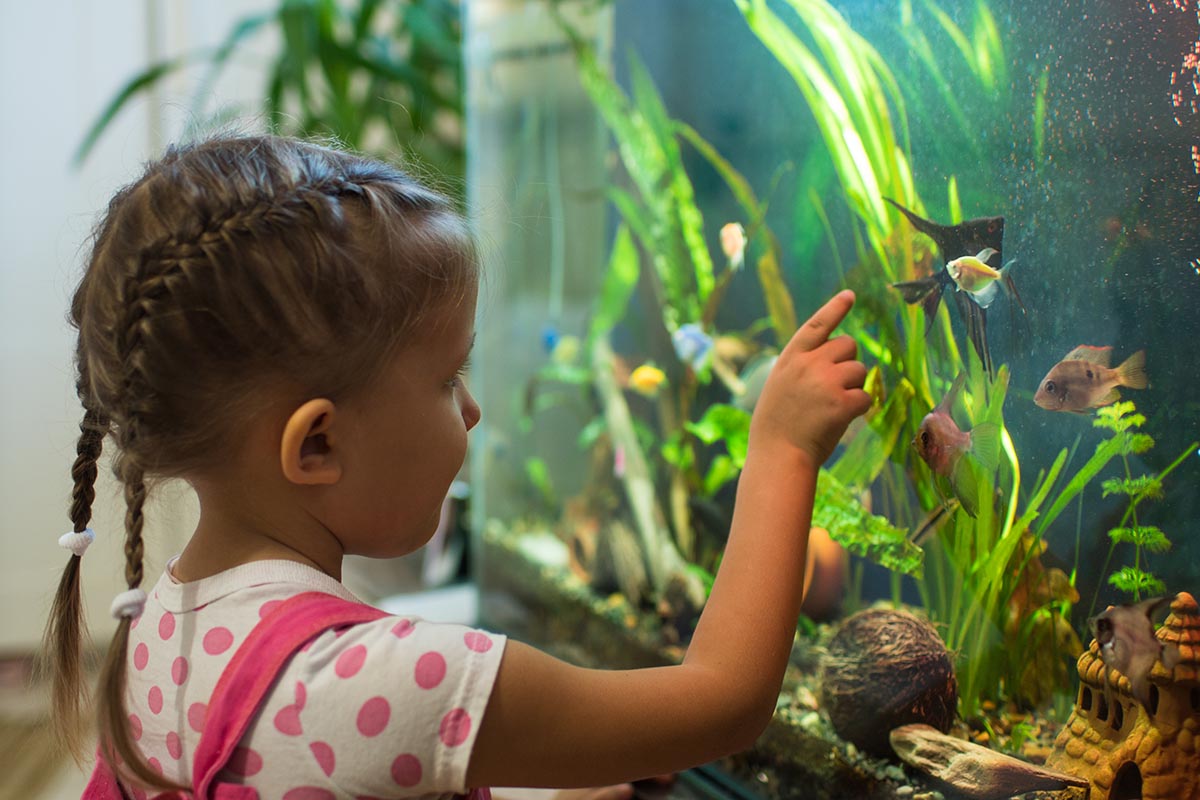
Nutrition and Care
Aquarium
Pond
Terrarium
Aquariums and Technic
Aquarium
Pond
Terrarium
Product finder
Aquarium
Pond
Terrarium
Pond Season Planner
This is how you take care of your pond throughout the different seasonsTo the Tetra Pond Season Planner
Nutrition and Care
Aquariums and Technic
Product finder
Back
Aquarium
Pond
Terrarium
Back
Aquarium
Pond
Terrarium
Back
Aquarium
Pond
Pond Season Planner
This is how you take care of your pond throughout the different seasonsTo the Tetra Pond Season PlannerTerrarium

Search
What are you looking for?
What are you looking for
Nutrition and Care
Aquarium
Pond
Terrarium
Aquariums and Technic
Aquarium
Pond
Terrarium
Product finder
Aquarium
Pond
Terrarium
Pond Season Planner
This is how you take care of your pond throughout the different seasonsTo the Tetra Pond Season Planner
Nutrition and Care
Aquariums and Technic
Product finder
Back
Aquarium
Pond
Terrarium
Back
Aquarium
Pond
Terrarium
Back
Aquarium
Pond
Pond Season Planner
This is how you take care of your pond throughout the different seasonsTo the Tetra Pond Season PlannerTerrarium
Show more
Show more
Show more
Show more

